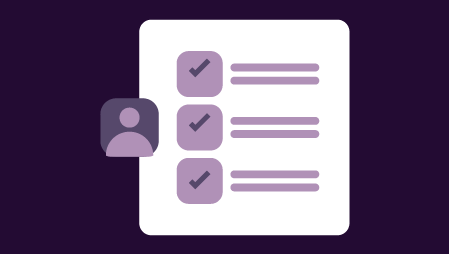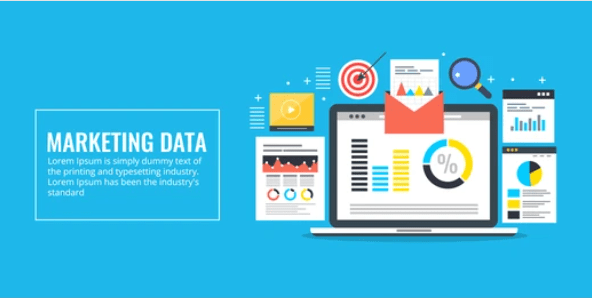As I am fond of saying over and over again, marketing has changed beyond recognition. What was once art is now well on its way to becoming a data driven, number based science. One illustration of this change is the way the marketing decisions are being made.
Those of you who were involved in marketing in the eighties will remember the segmentation methods based on demographics. The avant-garde marketers used demographics in combination with psychographics. Today market segmentation is driven by machines. And one of the methods helping the machines to segment the customer base flawlessly is decision trees.
If decision trees make you wonder what trees have got to do with marketing segmentation or for any other marketing decision, I don’t blame you. But do hang around as I outline the concept and you will no doubt understand the connection. And maybe in your next review meeting when that hotshot marketing kid talks about trees and random forests, you won’t be looking for green leaves!
Decision trees are a decision support algorithm which finds a wide variety of uses ranging from- as we have already seen- marketing, to finance, risk prediction, medical sciences, astronomy and production planning. Decision support belongs to the group of Predictive Analytics and is one of the methods used in Machine learning ( Sorry if the jargons are pouring out too thick and fast, but I promise to keep this light!)
Let us now try and demystify the animal called decision trees.
Assume that you are a publishing company and that you have a database of your past subscribers. You now want to run a marketing campaign to get your past subscribers to renew their subscription. Assume that you have a database of 1mn customers.
While you would love to write to all of them, the budget constraints allow you to talk to only 100,000. Now how do you choose which customers to target? Depending on the number of variables you have in your database ( such as gender, income level, age, and location) decision trees help you identify the most potential segments to target.
Let us say that your past success rate has been 30% or that the probability of a target member renewing the subscription is 0.3.
Decision trees start by ‘dividing’ the prospect base on each of these variables to get groups well defined on their behavior( renew/do not renew). Let us for a moment assume that the machine has found dividing customers based on their income at a splitting point of Rs 400,000 as a major classifier
The decision tree now looks like below:
At this point, it looks like you have identified one group of prospects who are more likely to respond favorably to your campaign. But it is possible that even this group is more than the 100,000 you can target. So the decision tree moves on to the next step of building the tree. And let us say that it identifies gender as the most potential classifier for the next step.
Based on this it could throw up a decision tree as below:
At this point, it looks like you have identified that women with income exceeding Rs 400,000 per year are the most potential candidates for the renewal campaign. If this number is still larger than what your budget allows you could down the tree by looking at the next variable (which could be age). And there you have identified the segment that is most likely to respond to your marketing campaign for renewing subscriptions!
The difference the old timers would point out is that earlier the manager used his intuition or gut feel to arrive at this prospect list while now the machine backed by data is throwing up a list with a very high chance of renewal (No gut feel, no intuition and no more respect for the grey hair!)
The advantage of Decision trees over the earlier method of decision making is that it takes up a number of variables( sometimes even hundreds) to predict the outcome. And in doing so it makes the prediction more and more accurate. The difference is huge and often very crucial. Companies in the banking and insurance sectors use decision trees extensively in risk mitigation. The most common example which you may be familiar with us your credit score.
Banks often use specialized data sets to determine if they should grant a loan to an applicant. Decision trees are used in astronomy to predict the existence of a star or galaxy and in medicine to assess if a patient is likely fall into a high risk group for an illness.
Coming back to marketing, you can use it for campaign planning, customer value assessment, customer churn prediction, product launch decision, and several others. The day may not far off when the management could be making a decision to retain or fire a marketing manager as against a machine to take all those critical marketing decisions!



